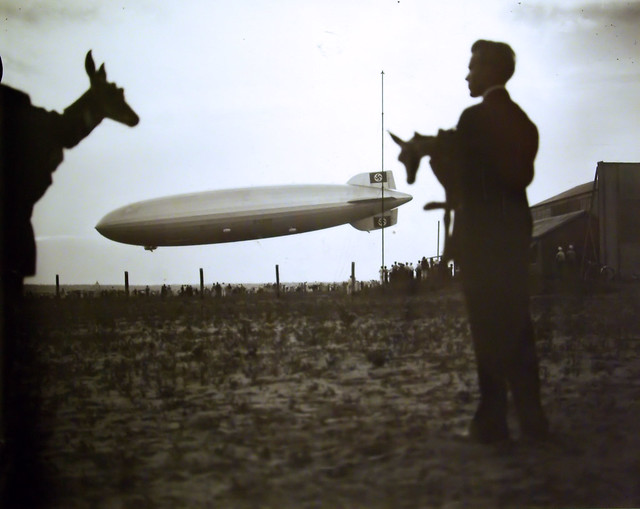
The pronghorn is a species of large plant eating mammals whose range extends over much of the western United States and into both Canada and Mexico. It is the fastest land mammal in the Western Hemisphere, built for evading predators by running. Often cited as the second fastest land animal in the world, second only to the African cheetah, pronghorns can sustain high speed longer than cheetahs.
By the 1920s, hunting pressure had reduced the pronghorn population to about 13,000. From a high probability of extinction, conservation efforts in the 1920s and 30s, including habitat protections and hunting restrictions, have allowed pronghorn numbers to recover to an estimated population between 500,000 and 1,000,000.
Charles Belden, a Wyoming photographer and rancher, was one of many who worked to save the pronghorn from extinction. A 1910 MIT graduate, in 1914, Belden “became manager of the 250,000-acre Pitchfork Ranch west of Meeteetse, Wyoming and married the daughter of the owner, Louis G. Phelps, a Montana banker and cattleman. In 1922 Belden became co-owner of the ranch with Phelps’ son, Eugene Phelps. At one time, it ran 25,000 head of cattle and was said to have the largest aggregation of pronghorn antelope in American.”1 By the 1930s, there were so many pronghorn on the ranch that Beldon began efforts to relocate them. “In some instances he used his airplane to fly them to zoos along the East Coast.”2
One delivery was very different.
“Although most of the passengers for the Hindenburg’s return flight were currently waiting at the Biltmore Hotel in New York, from which they would later be ferried down to Lakehurst by DC-3, two “passengers” were already at Lakehurst by the time the airship arrived. Charles Belden, of the Pitchfork Ranch in Wyoming, had flown into Lakehurst earlier that day in his own private airplane. Known as “The Antelope King”, Belden would regularly relocate pronghorns from his ranch to zoos across the United States via airplane. On this day, he had brought two baby pronghorns to Lakehurst. The little antelopes would be carried across the ocean in the belly of the Hindenburg on her return flight, and taken to their new home at a zoo in Hanover, Germany.”3

1 Encyclopedia of Frontier Biography by Dan. L Thrapp, page 89, University of Nebraska Press, 1991
2 More Pronghorn than People, University of Wyoming Heritage Center
3 The Hindenburg’s Seventh North American Flight, Projekt LZ129, Notes on the passenger Zeppeline, LZ 129 Hindenburg

